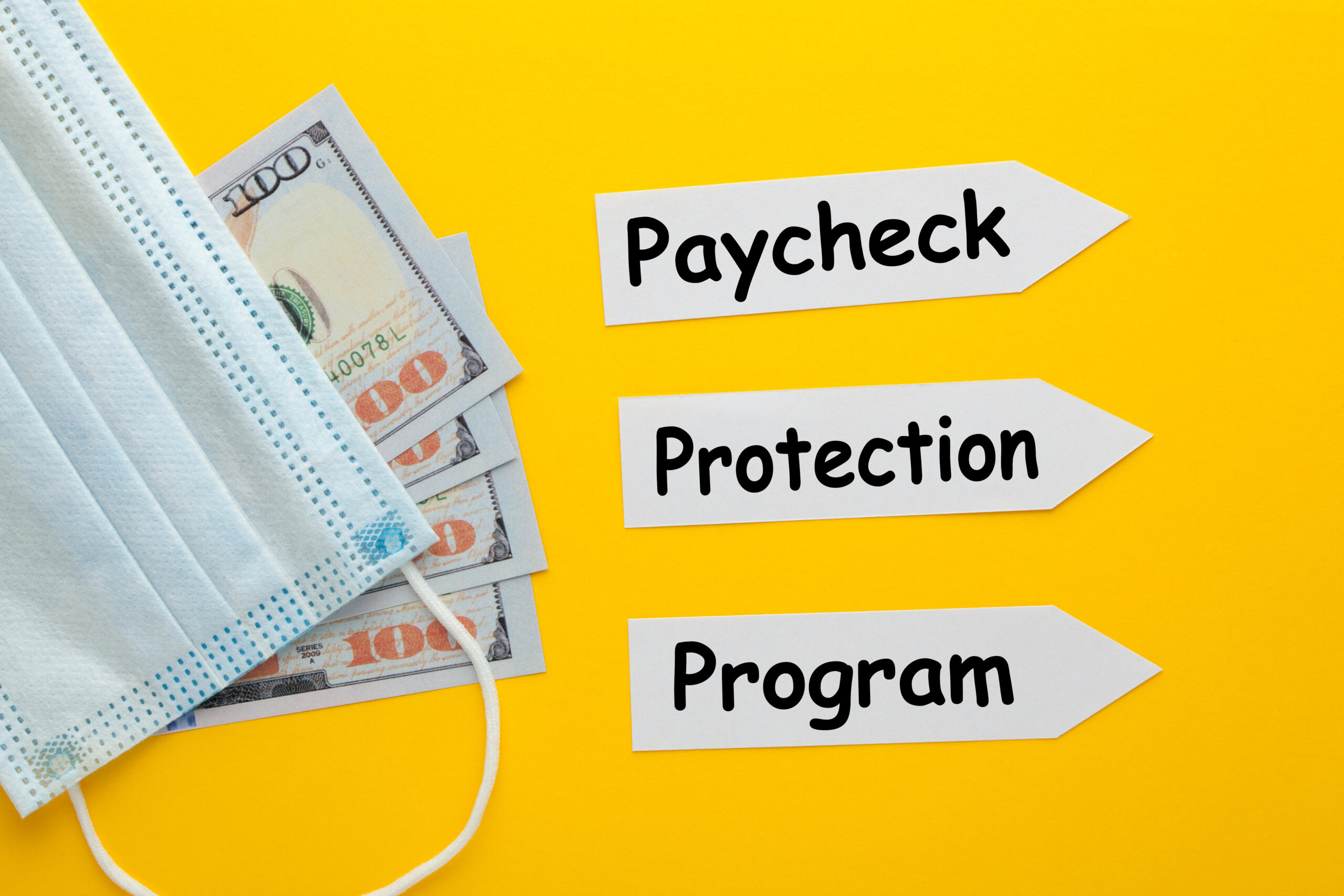
PPP Loan Landscape Changes Again
June 4, 2020
Yesterday, the Senate, by unanimous consent, approved the bill passed by the House last week that provides significant changes to the Paycheck Protection Program Loan landscape. The President is expected to sign the bill. The legislation provides borrowers greater flexibility with respect to the PPP loan forgiveness process.
Among the most significant changes is an option to extend the loan forgiveness expense calculation period from the current 8 weeks to 24 weeks. This is to accommodate those businesses that have not been able to fully reopen due to shelter in place orders and, thus, unable to rehire workers yet. For many businesses, however, this extension will allow the loan forgiveness calculation to be comprised entirely or nearly entirely of payroll costs without the need to consider other qualified expenses. Nevertheless, as a further nod to those businesses that have not yet been able to fully rehire workers, the legislation eases the SBA-imposed requirement that 75% of the loan forgiveness be comprised of payroll costs by reducing that to 60%, thus allowing a greater percentage to be used for other authorized operational expenses. The legislation addresses the rehiring safe harbor by extending from June 30, 2020, to December 31, 2020, the period within which employees can be rehired to avoid a reduction in the loan forgiveness amount. In a further nod to difficulties encountered by businesses, the bill creates a new exemption for proportional loan forgiveness reduction if the borrower can show in good faith an inability to rehire or hire similarly qualified employees on or before December 31 or an inability to return to pre-February 15 business levels due to compliance with federal COVID-related requirements or guidelines.
For those borrowers that may still be required to repay a portion or all of their PPP loans, the repayment period is extended from 2 years to 5 years, and payments are deferred until the loan forgiveness amount is determined or 10 months from the last day of the covered period if the borrower does not apply for loan forgiveness. For those borrowers that do have all or a portion of their PPP loan forgiven, the legislation will now allow such borrowers to take advantage of payroll tax payment deferrals that were previously available only for employers that did not have loans forgiven. We will watch for the President’s action on the legislation as it arrives at his desk, but borrowers that are well down the path of their 8-week covered period for determining PPP loan forgiveness expense costs will want to take a breath and recalibrate their calculation strategies.
If you have questions concerning the legislation or any other aspect of the PPP loan program, contact Scopelitis Partners Greg Feary, Steve Pletcher, Prasad Sharma, or the Scopelitis COVID-19 Task Force.
News from Scopelitis is intended as a report to our clients and friends on developments affecting the transportation industry. The published material does not constitute an exhaustive legal study and should not be regarded or relied upon as individual legal advice or opinion.

PPP Loan Landscape Changes Again
June 4, 2020
Yesterday, the Senate, by unanimous consent, approved the bill passed by the House last week that provides significant changes to the Paycheck Protection Program Loan landscape. The President is expected to sign the bill. The legislation provides borrowers greater flexibility with respect to the PPP loan forgiveness process.
Among the most significant changes is an option to extend the loan forgiveness expense calculation period from the current 8 weeks to 24 weeks. This is to accommodate those businesses that have not been able to fully reopen due to shelter in place orders and, thus, unable to rehire workers yet. For many businesses, however, this extension will allow the loan forgiveness calculation to be comprised entirely or nearly entirely of payroll costs without the need to consider other qualified expenses. Nevertheless, as a further nod to those businesses that have not yet been able to fully rehire workers, the legislation eases the SBA-imposed requirement that 75% of the loan forgiveness be comprised of payroll costs by reducing that to 60%, thus allowing a greater percentage to be used for other authorized operational expenses. The legislation addresses the rehiring safe harbor by extending from June 30, 2020, to December 31, 2020, the period within which employees can be rehired to avoid a reduction in the loan forgiveness amount. In a further nod to difficulties encountered by businesses, the bill creates a new exemption for proportional loan forgiveness reduction if the borrower can show in good faith an inability to rehire or hire similarly qualified employees on or before December 31 or an inability to return to pre-February 15 business levels due to compliance with federal COVID-related requirements or guidelines.
For those borrowers that may still be required to repay a portion or all of their PPP loans, the repayment period is extended from 2 years to 5 years, and payments are deferred until the loan forgiveness amount is determined or 10 months from the last day of the covered period if the borrower does not apply for loan forgiveness. For those borrowers that do have all or a portion of their PPP loan forgiven, the legislation will now allow such borrowers to take advantage of payroll tax payment deferrals that were previously available only for employers that did not have loans forgiven. We will watch for the President’s action on the legislation as it arrives at his desk, but borrowers that are well down the path of their 8-week covered period for determining PPP loan forgiveness expense costs will want to take a breath and recalibrate their calculation strategies.
If you have questions concerning the legislation or any other aspect of the PPP loan program, contact Scopelitis Partners Greg Feary, Steve Pletcher, Prasad Sharma, or the Scopelitis COVID-19 Task Force.
News from Scopelitis is intended as a report to our clients and friends on developments affecting the transportation industry. The published material does not constitute an exhaustive legal study and should not be regarded or relied upon as individual legal advice or opinion.


